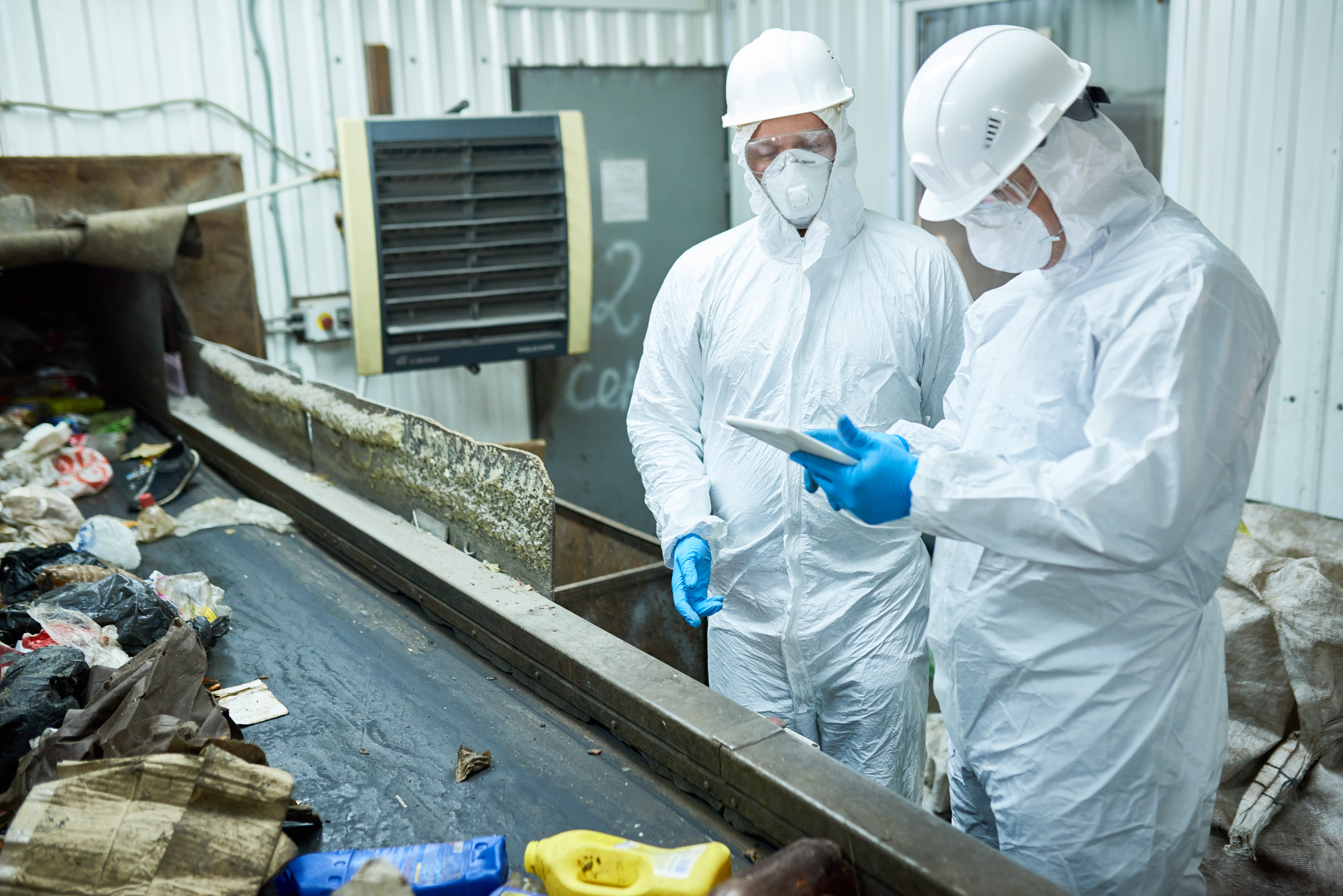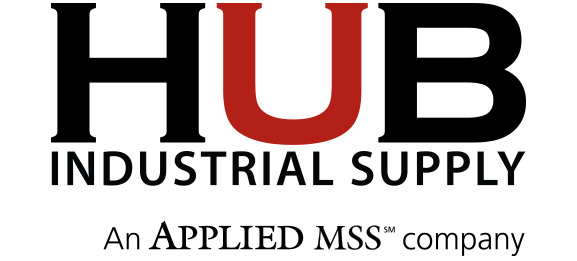
27 Mar What to look for in coveralls
Finding the optimum tradeoff between protection and comfort
Classifying the Risk
There are a lot of different reasons workers might have to don protective outfits in the course of their duties. A task can involve nuisance risks or it can require full body protection and SCBA respirators. Whatever the risk, there is a disposable suit available to meet the need. The tricky part can be determining what the risk is and what PPE is required to meet it.
There is a price to pay for miscalculating the amount of protection required. If you trivialize the risks, you could leave your team vulnerable to contamination. If you err too far on the side of caution, your team will endure more discomfort than they need to. Your costs will also rise exponentially as you increase levels of protection.
Common
Materials
Most
disposable coveralls are constructed of nonwoven synthetic fabric. As they
increase in protection levels, different materials will be laminated together
to increase strength, decrease permeability and possibly make it flame
retardant. The most basic suit will be constructed of a single layer of
spunbond polypropylene and will be breathable and relatively comfortable. It is
commonly used by workers in paint spray booths or as a basic barrier in
nonhazardous cleanup operations in a mostly dry environment. It is not
liquid-proof, nor does it resist tears nearly as well as more complex
compositions.
Another popular material is known by its acronym SMS. This is two layers of this same spunbond polypropylene with a layer of meltblown polypropylene in the middle. This composition is still comfortably breathable but resists tears and punctures and has improved resistance to liquids. SMS suits are found in use in laboratories, industrial applications, as well as sanitation and medical fields.
Tyvek® is made from high density polyethylene and sees a lot of use as a disposable garment in the medical and hazmat industries. It’s more durable than SMS, allows air transpiration, but resists liquids and abrasion.
Increasing the protective barrier beyond Tyvek means increased layering of protective films and polymers that will increase cost and decrease comfort. If the environmental hazards presented require complete isolation from chemicals or toxic vapors, then breathability must be dispensed with altogether.

Construction
Another
factor in selection of coveralls is the construction details. There are choices
to be made whether the garment will come with integrated booties and hood or
whether elastic cuffs around wrists and ankles will be desired. Most suits will
feature a long front zipper closure, and the more protective ones will also
provide a strip of tape along the zipper flap to seal the zipper seam
completely.

Another construction consideration is the detail of the garment’s seams. The most common treatment is serged seams, but if more security is required, a bound seam will hold the garment together with a lower failure rate. For highly sensitive situations, the seam is sewn and then sealed with heat sensitive tape.
If the term “gusset” appears in the specifications of a suit, this refers to an additional amount of fabric sewn into areas like the underarms or crotch to allow more freedom of movement.
Other
Considerations
Fitting
the user to the proper size garment makes a difference in the comfort to the
user. There should be room enough to perform all movements without stressing
the seams of the garment, but not so much room that movements become unwieldy. Users
should receive training on how to don a suit and how gloves and boots and
facial gear should be placed in relation to the suit. When hazardous substances
are involved, detailed training on the proper removal and disposal of the
garment is also highly important.
As is the case with all safety gear, your supplier is a wonderful resource to assist you in selecting the best options for your specific needs. The more information you can provide to help your supplier assess your needs, the better they are able to propose the optimum solution.
David Miller is the Waste Industry Manager for HUB Industrial Supply (Lake City, FL). He is a Certified Safety Professional and works with managers to effectively implement and manage PPE and MRO programs in the waste industry. He may be reached at david@hubindustrial.com. HUB Industrial Supply is an Applied MSSSM company.



No Comments